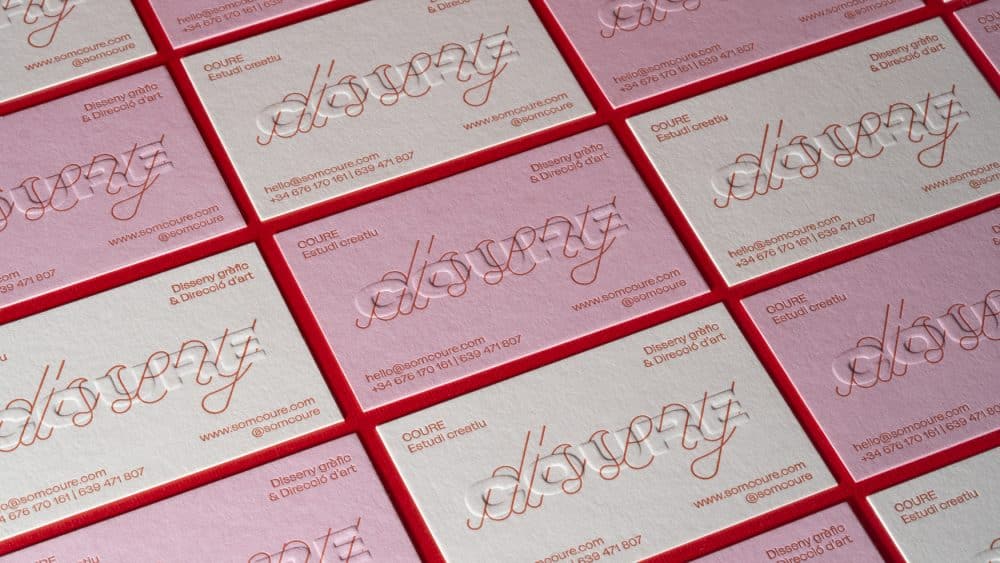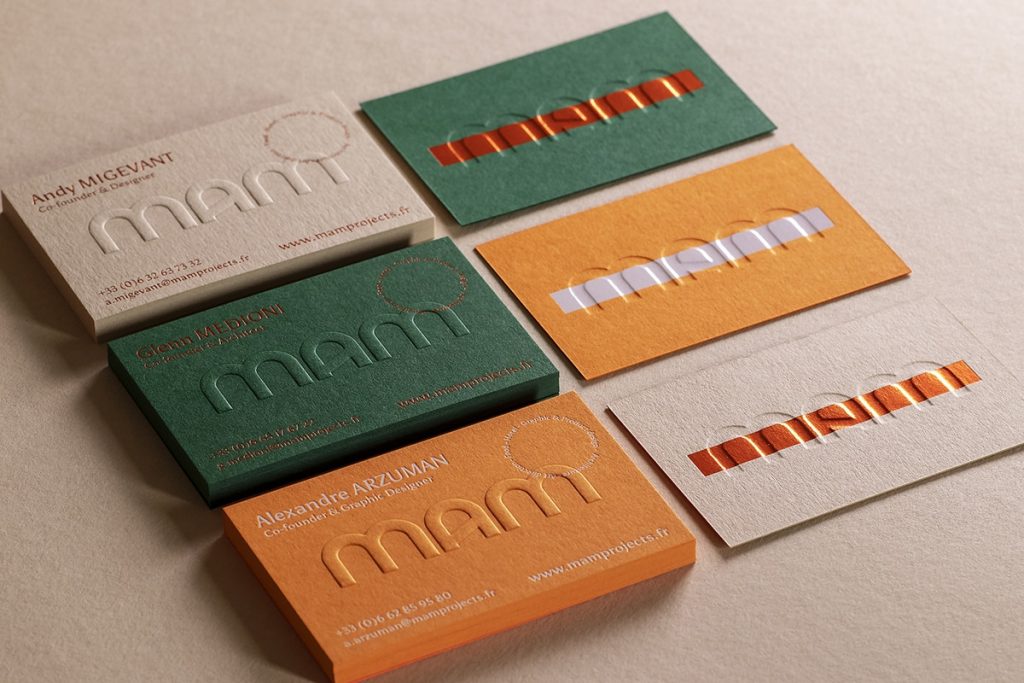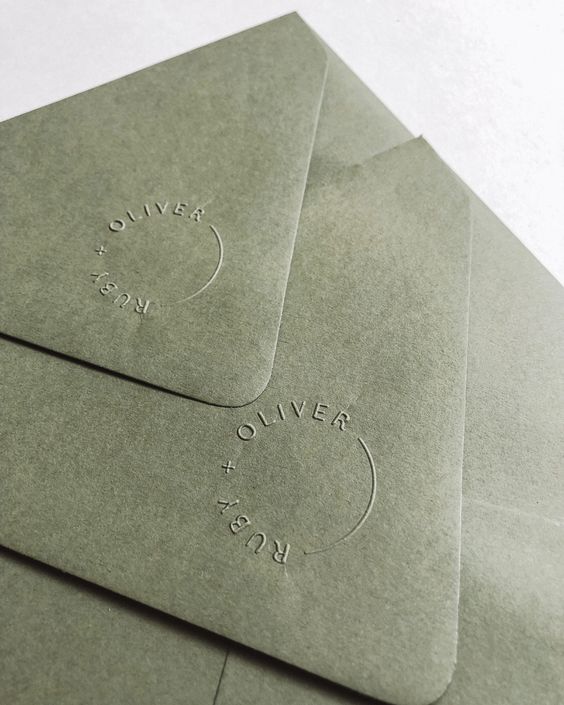Embossing is a great way to add texture and dimension to your designs without having to worry about incorporating patterns, new colours or embellishments. Even though this technique has been around for decades it can make any crafting project look polished and professional.
Why use embossing in your project?
There are a variety of different ways embossing can help your print projects stand out. Consider the following on your projects.
Focal point – Use embossing to draw attention to the most important information on your project.
Logos – The embossing technique can help your company stand out and add that professional touch to your designs.
Texture and visual interest – Embossed printing adds unique texture to your print projects which not only feels good to touch but also captivates the reader.
Perception of value – Adding a finishing option like embossing will communicate to your customers that you have invested more into your print work and therefore, is of a high quality and value.
Image Source: Spind
What is Embossing?
Embossing is a technique used on paper that raises a three-dimensional image or text.
This technique uses a die on paper or card stock to raise a three-dimensional image or text.
Embossing creates a 3D effect that puts emphasis on the area you want to be the focal point.
The 3D effect is created by using two dies (front and back) that sandwiches the paper together.
Embossing also affects the back of the print piece so it is important to be aware of this when creating your embossed designs. This allows you to create eye-catching visuals that will help make the back stand out as well as the embossed image or text you are wanting to show off.
Debossing
Debossing is the opposite of embossing where the image or text is imprinted into your piece creating a depressed effect.
The key difference between the two is that debossing does not interfere with the other side of your design. This allows you to work with both sides which isn’t the case with embossing.
Image Source: PTD





Comments are closed.